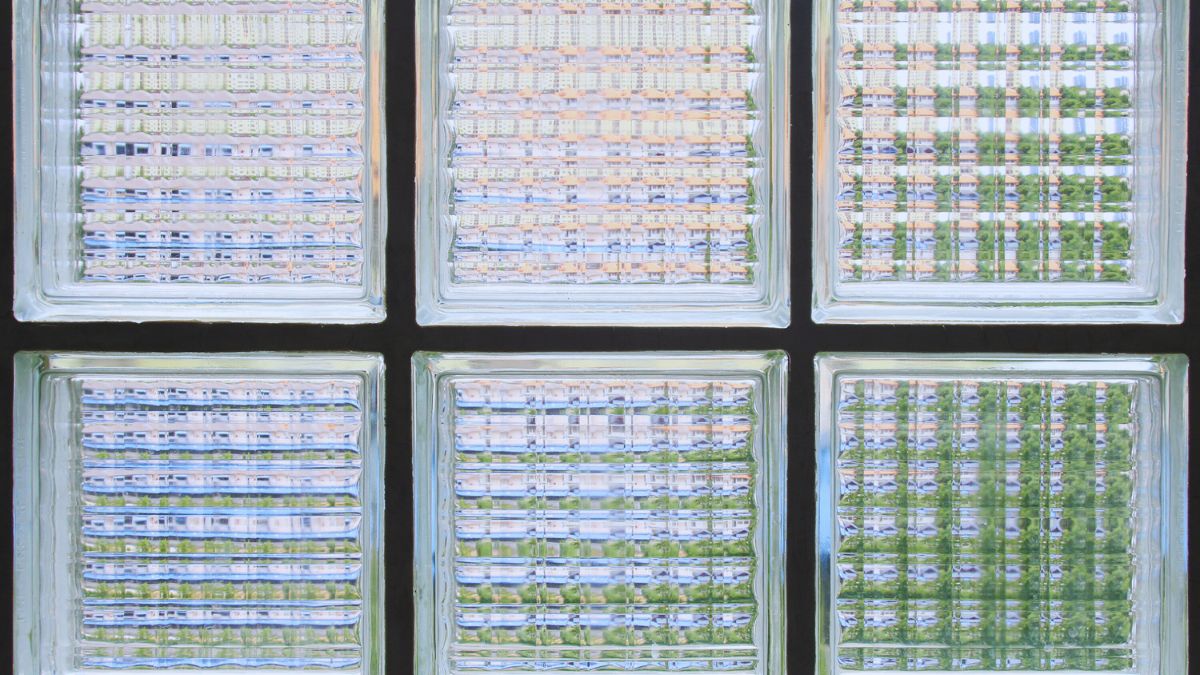Last Updated on August 15, 2025 by Kravelv Spiegel
As sustainable design continues to shape the future of construction, architects and designers are looking for materials that merge form with function. One such solution gaining renewed attention is the use of energy-efficient glass blocks — a modern evolution of the classic material, now engineered for exceptional thermal performance and architectural impact.
From residential builds to large-scale commercial projects, energy-efficient glass blocks offer the ideal blend of natural light, insulation, durability, and style. Here’s how they’re being used in architecture today, and why they deserve a spot in your next design.
The Evolution of the Glass Block
Glass blocks have been used in architecture since the early 1900s, prized for their ability to transmit light while offering structural support and privacy. But modern advancements in manufacturing and design have transformed them into high-performance building materials that meet today’s strict energy codes and sustainability standards.
Today’s energy-efficient glass blocks feature multi-layer construction, low-conductivity materials, and hermetically sealed chambers that significantly reduce thermal transfer — making them a viable alternative to traditional windows or solid walls in energy-conscious buildings.
What Makes a Glass Block Energy-Efficient?
The key performance indicator for energy-efficient glass blocks is their U-value, which measures how well a material prevents heat from passing through. The lower the U-value, the better the insulation. Traditional glass has a U-value around 5.0 W/m²K, while modern energy-efficient glass blocks can achieve values as low as 0.17 U-Value, rivaling — and even outperforming — triple-glazed windows.
These blocks typically include:
- Triple-layer insulation systems
- Gas-filled internal chambers
- Special coatings to reflect infrared radiation
- Low-emissivity (Low-E) glass options
Together, these features allow glass blocks to offer superior thermal and acoustic insulation, while maintaining their signature ability to diffuse daylight.
Architectural Applications of Energy-Efficient Glass Blocks
Energy-efficient glass blocks are being used in both residential and commercial architecture in ways that are both functional and visually striking:
1. Exterior Façades
A popular trend in sustainable design is replacing sections of exterior walls with glass blocks. This allows for light-filled interiors without sacrificing insulation. From schools and office buildings to apartment complexes, glass block façades offer a modern twist on classic masonry while meeting energy codes.
2. Interior Partitions
In open-concept spaces, energy-efficient glass blocks serve as stylish interior partitions that preserve light flow and reduce heating and cooling costs. They’re especially effective in multi-use buildings, healthcare facilities, and homes aiming for passive design principles.
3. Window Replacements
In areas where privacy is important — such as bathrooms, stairwells, or basements — glass blocks are often used in place of traditional windows. With the added benefit of energy efficiency, they prevent heat loss while flooding spaces with natural light.
4. Green Building Certifications
Incorporating high-performance glass blocks into building designs can help projects qualify for certifications like LEED, Passive House, or WELL Building Standard due to their contribution to reduced energy usage, daylight optimization, and occupant comfort.
The Bottom Line
Energy-efficient glass blocks are more than a nod to mid-century design — they’re a future-ready material that brings together the best of aesthetics, performance, and sustainability. By allowing natural light to flow while reducing heat transfer, they play a vital role in energy-efficient building strategies.
Whether you’re designing a commercial headquarters, a modern home, or a public building, consider integrating high-performance glass blocks to maximize light, efficiency, and style — all in one beautiful solution.

